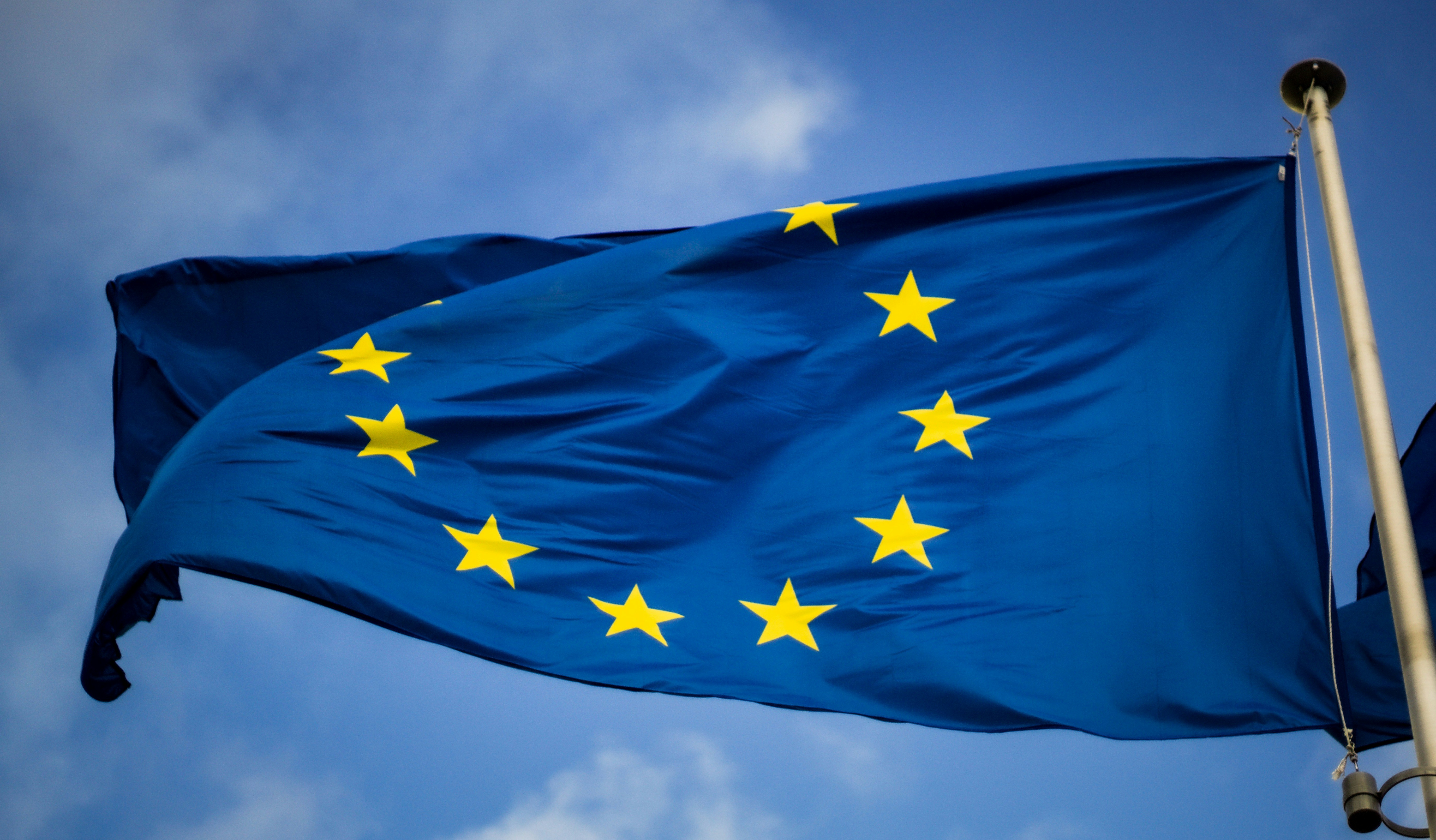Cryonics today: more than science fiction
Cryonics refers to the preservation of legally deceased individuals at ultra-low temperatures, with the hope that future technologies may one day restore both function and life. While once confined to the pages of speculative fiction, cryonics has become a tangible, scientifically grounded procedure supported by communities across continents.
Yet despite increasing interest, cryonics exists in a complex legal gray zone in many parts of the world. The process challenges definitions of death, personhood, and consent. These uncertainties make regulation particularly sensitive and highly varied depending on local context.
The United States: where cryonics began
The modern history of cryonics began in the U.S., where the first person was cryopreserved in 1967. Today, the country remains home to the two oldest and most established cryonics providers. However, there is no national law specifically governing cryonics.
Instead, regulations fall under state-level jurisdiction and often rely on interpretations of existing laws on death, burial, and body handling. In many cases, cryonics is treated similarly to anatomical donation or burial planning. Consent and legal documentation must be secured prior to death, including a declaration of intent and cooperation from next of kin.
Importantly, cryonics can only begin after legal death has been declared. Performing any part of the procedure earlier would violate laws protecting the living. This requirement poses practical challenges, especially in regions without standby services.
Despite its roots in the U.S., the lack of uniform federal regulation means that acceptance and logistics can vary widely by state. Cultural openness to technological experimentation has helped fuel support in certain circles, but skepticism remains strong in others.
Europe: navigating cautious interest and legal friction
In Europe, cryonics is growing steadily, but with far more regulatory scrutiny. While no unified European legislation exists, individual countries approach the subject with varying levels of caution.
In Germany, for example, cryonics is not prohibited, but it is tightly constrained by health and funeral laws. Post-mortem body transport, preparation, and long-term storage must comply with rigid standards.
In contrast, Switzerland and the Netherlands have shown more openness. These countries have clearer protocols for body donation and end-of-life decisions, which can make the logistics of cryopreservation more feasible. That said, regulation often focuses more on transport and funeral handling than on the cryopreservation process itself.
At Tomorrow.bio, based in Berlin, we navigate this complexity by ensuring full compliance with national and EU frameworks. We also engage directly with ethical review boards, public education, and standby coordination across borders.

Asia: emerging interest with cultural complexities
Asia is an emerging region in the cryonics landscape. While there are currently no widely established cryonics organizations with local storage capabilities, interest is growing, particularly in countries like China, Japan, and South Korea.
In China, the first public cryopreservation was carried out in 2017. Since then, research interest has increased, but so has regulatory ambiguity. Like in the West, cryonics exists in a legal gray zone and is often managed under laws related to burial, consent, and health services.
Japan presents a unique cultural and ethical challenge. Although the country has a history of technological leadership, cultural attitudes toward death, impermanence, and spiritual transition can complicate perceptions of cryonics. Discussions are ongoing in scientific and philosophical circles, but few formal institutions have emerged.
South Korea, which has seen significant growth in biotech and longevity research, may become a future player, especially as bioethics evolves in tandem with science policy.
Still, regulatory infrastructure is minimal, and most interested parties must rely on coordination with international organizations for cryopreservation and long-term storage.
Common global themes
Despite differences in jurisdiction, several patterns emerge across continents:
- Cryonics is legally permitted in most regions if structured around existing post-mortem handling laws
- It must always begin after legal death, as declared by a licensed authority
- The greatest obstacles are often logistical, ethical, or cultural rather than legal
- Informed consent and legal clarity before death are essential for ethical and practical success
What it means for individuals and families
For those considering cryonics, understanding your country’s regulatory landscape is only the beginning. You must also consider family consent, documentation, transport, and standby logistics. A legally binding declaration of intent, written well in advance, can help minimize delays and protect your choice.
Whether you are in Berlin, Boston, or Cancún, the same questions emerge. How do we honor life? How do we face death? What is the value of preserving what we might one day be able to restore?
At Tomorrow.bio, we are committed to building cryonics into something structured, ethical, and accessible. Because we believe no one should be denied the chance to choose the future.
About Tomorrow.bio
At Tomorrow.bio we are dedicated to advancing the science of cryopreservation with the goal of giving people a second chance at life As Europe’s leading human cryopreservation provider we focus on rapid high-quality standby, stabilization and storage of terminal patients preserving them until future technologies may allow revival and treatment.
Our mission is to make human cryopreservation a reliable and accessible option for everyone We believe that no life should end because current capabilities fall short.
Our vision is a future where death is optional where people have the freedom to choose long-term preservation in the face of terminal illness or fatal injury and to awaken when science has caught upInterested in learning more or becoming a member
📧 Contact us at hello@tomorrow.bio
🌐 Visit our website www.tomorrow.bio
🤝 Schedule a call with our team Book a consultation



